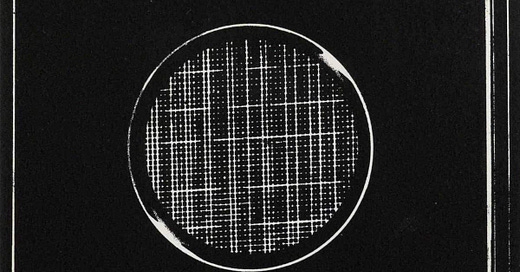Formed in 1970, the German band Kraftwerk undoubtedly influenced electronic music, driving the creation of various genres like techno, electro, and synth-pop. Founding members Ralf Hütter and Florian Schneider formed the band’s core, with Karl Bartos and Wolfgang Flür also playing essential roles. Despite lineup changes, the core members have always bee…
Keep reading with a 7-day free trial
Subscribe to The Run Out Grooves to keep reading this post and get 7 days of free access to the full post archives.




